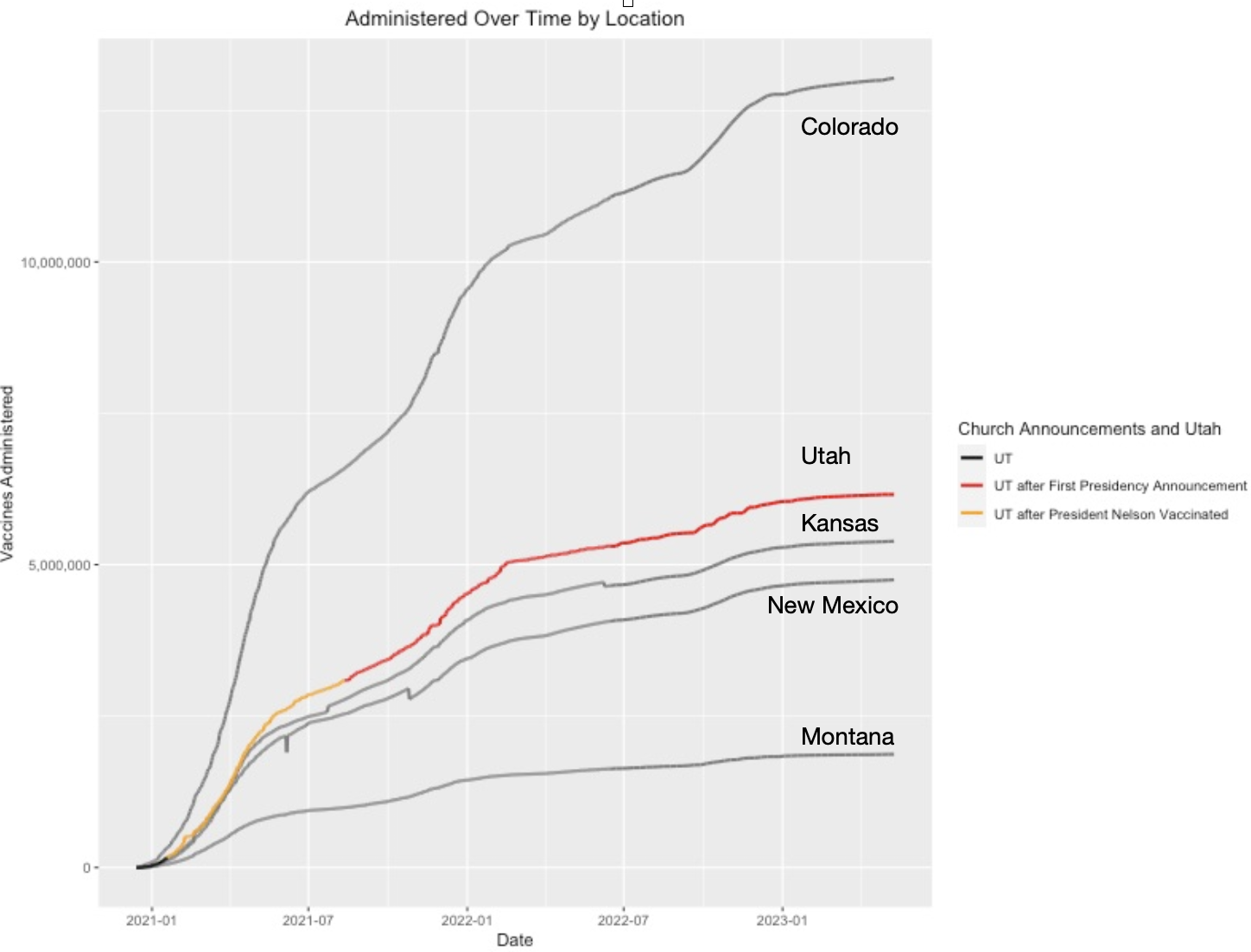-
•
•
3 responses
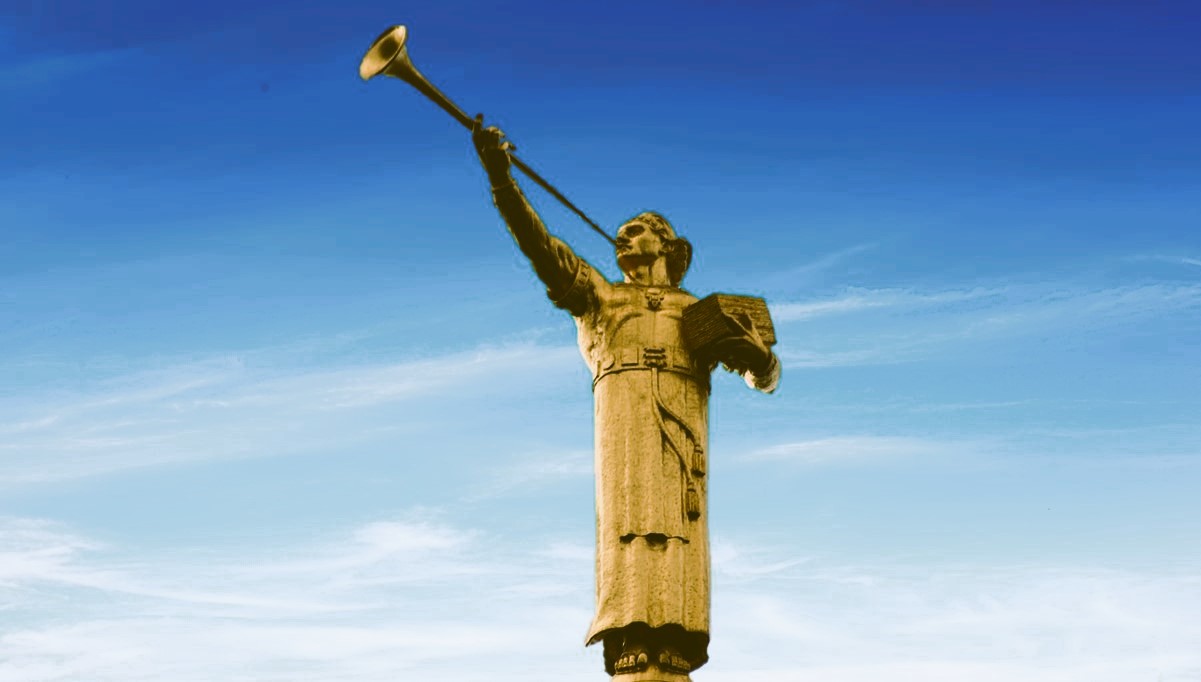
Today marks the 200th anniversary of the day Joseph Smith said that he saw the golden plates, with last night being the anniversary of the evening that he recalled the Angel Moroni appearing to him. Yet, from time to time, there have been questions raised about whether Joseph Smith consistently said that it was Moroni who appeared to him. A couple of those questions have been addressed in posts from the Latter-day Saint history blog From the Desk about the Angel Moroni and the Salamander Letter. What follows here is a co-post, focusing on the question of who Joseph Smith claimed… Read More
-
•
•
2 responses
Joseph Smith claimed that the Book of Abraham was a translation of some of the papyri he purchased along with some mummies in Kirtland. It is difficult to ascertain the full nature of those papyri since a lot of them burned. But we can learn some about the history of those papyri from the fragments which remain. In a recent interview at the Latter-day Saint history blog, Kerry Muhlestein discussed some of what we know about the ancient owner of the Book of Abraham papyri. What follows here is a co-post to the full interview. Read More
-
•
•
20 responses
Like many I’ve been recently drawn to the hard-to-look-away car crash that is the Tim Ballard/OUR saga. I am very disconnected from the conservative Utah zeitgeist that’s given rise to this debacle, and I haven’t done a deep dive into the particulars, but in a sense that makes my perspective not worthless on a meta-level in terms of messaging, since I think my experience mirrors that of most members on the street who only have a casual familiarity with what’s going on. A few things can be true at once, as much as people try to pigeonhole these types of… Read More
-
•
•
10 responses
It seems like ‘church capacity’ would be a useful concept. In parallel to ‘state capacity,’ church capacity might describe the ability of a religious organization to carry out its missions, promote its doctrine, gain adherents, participate as an entity in broader society and accomplish its other purposes. Read More
-
•
•
One response
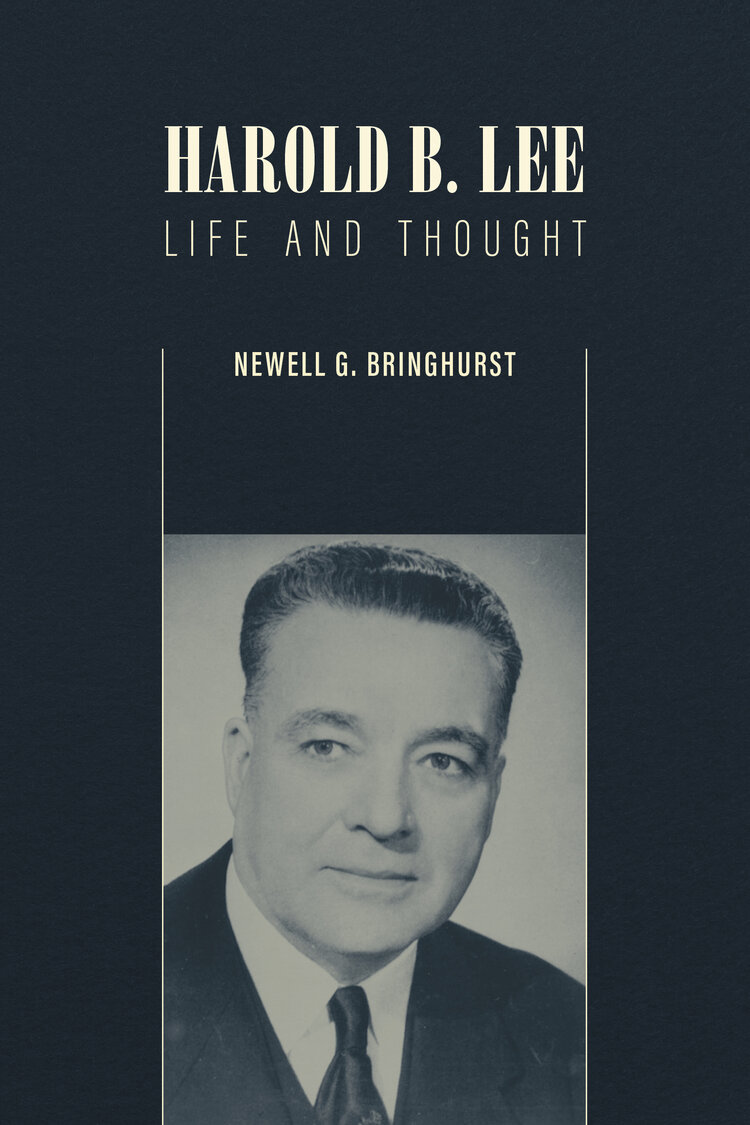
Harold B. Lee: Life and Thought by Newell G. Bringhurst (Signature Books, 2021) is a highly affordable and readable biography of one of the most influential figures in the history of The Church of Jesus Christ of Latter-day Saints. Although his tenure as president of the Church was short, Harold B. Lee had already reshaped much of the Church’s administration in the forms of Correlation, the Welfare Program and the mentoring of general authorities even before becoming the prophet-president. Bringhurst explores the life of this remarkable man in this volume of Signature Books’s Mormon Lives (or brief biographies) series. Read More
-
•
•
2 responses
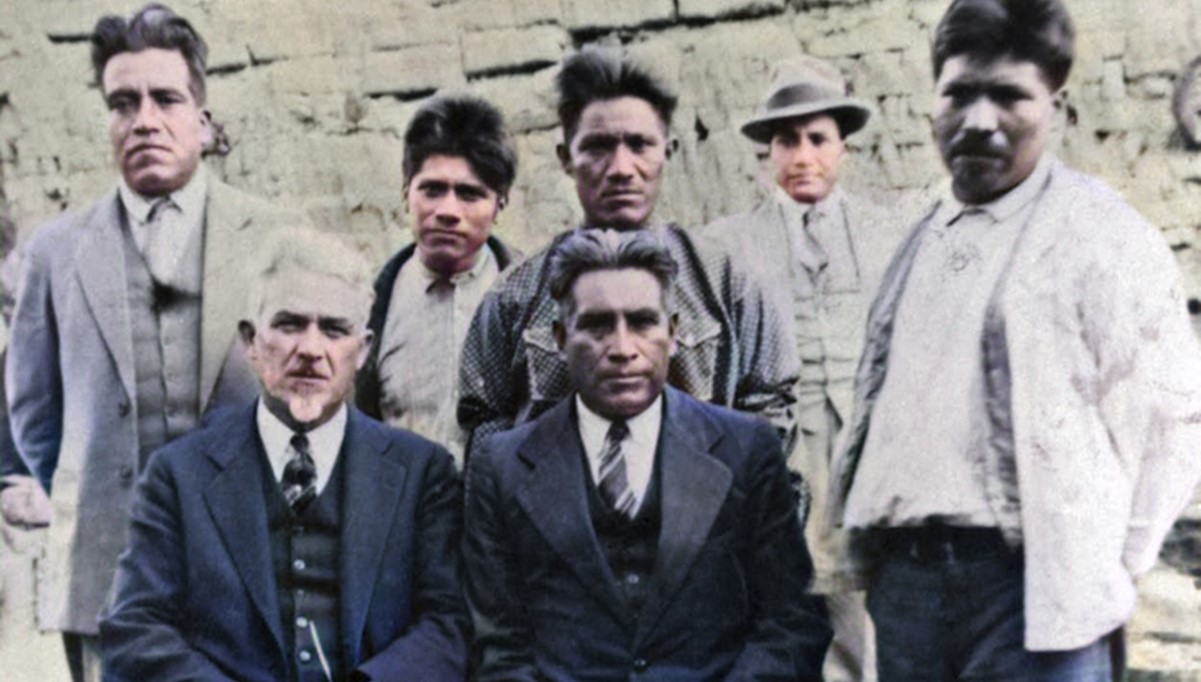
While Mexico had stabilized from the Revolution, the 1920s saw continuing strains for The Church of Jesus Christ of Latter-day Saints in Mexico. Read More
-
•
•
15 responses
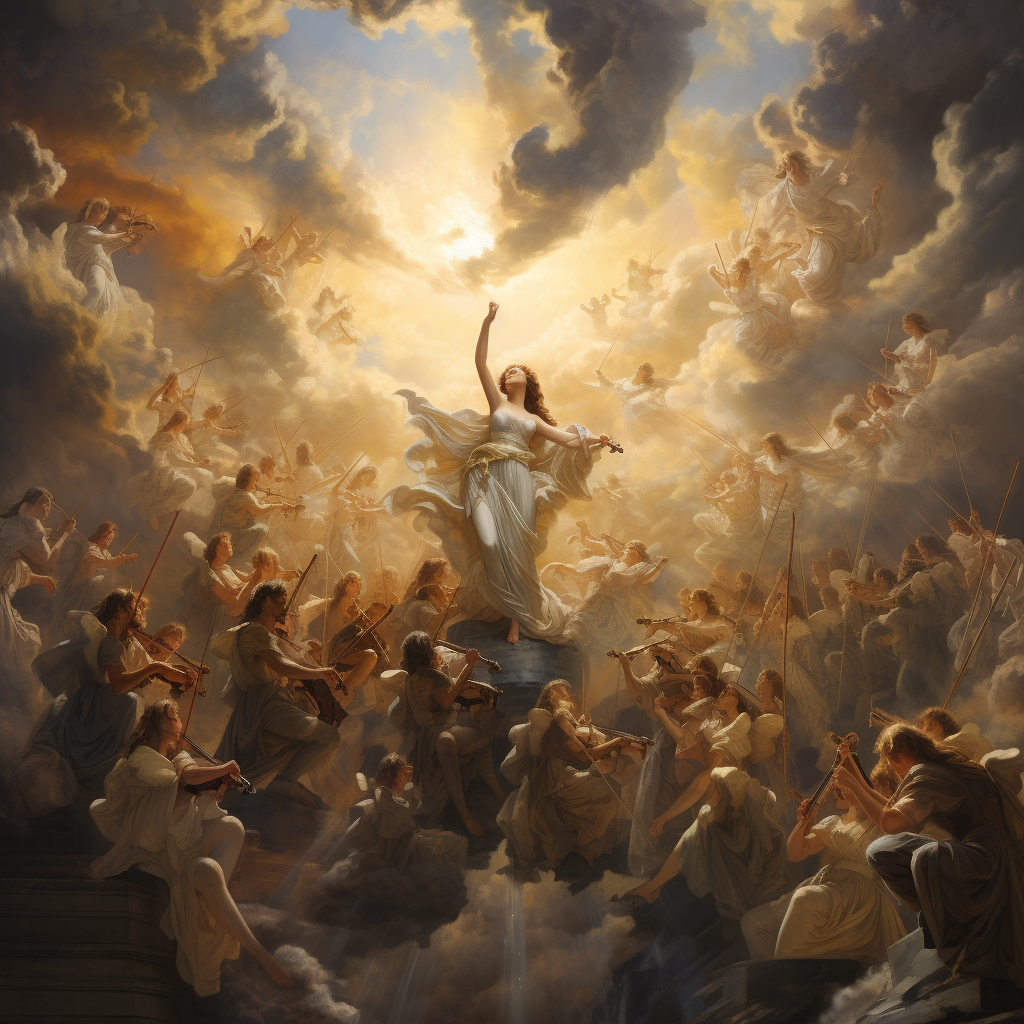
Orchestra of Angels I’m not a musical person. I was started on the classical guitar quite early and became decently proficient at it by the time I was in Jr. High, but I just didn’t have the fire to practice for hours like many in the music world have. I enjoy a good tune, but I can’t tell the difference between, say, Mozart and something a graduate student would write (I actually wonder if musicologists couldn’t without pre-existing knowledge of Mozart’s musical corpus and it’s emperors with no clothes all the way down, but I digress). However, there is some… Read More
-
•
•
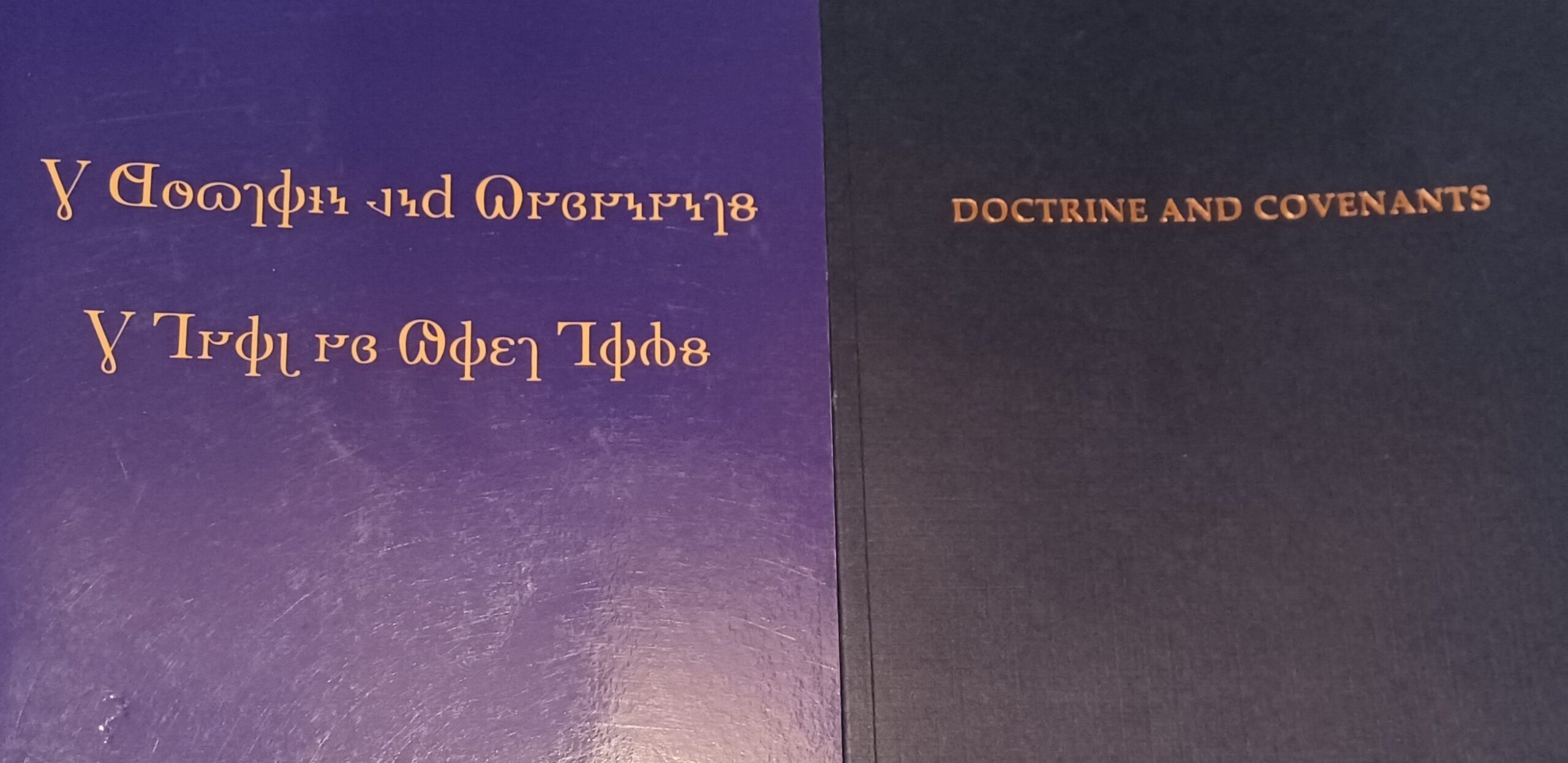
The Community of Christ and The Church of Jesus Christ of Latter-day Saints are sibling churches, both descending from the early Latter Day Saint movement. Since each group went their own way after the death of Joseph Smith in the 1840s, however, they have spent the last 170+ years growing and developing in different ways. In a recent interview over at the Latter-day Saint blog From the Desk, Kat Goheen (member of the Community of Christ) and Joshua Sears (Latter-day Saint) discussed how the two groups have developed differently in their approach to scriptures. What follows here is a co-post to… Read More
-
•
•
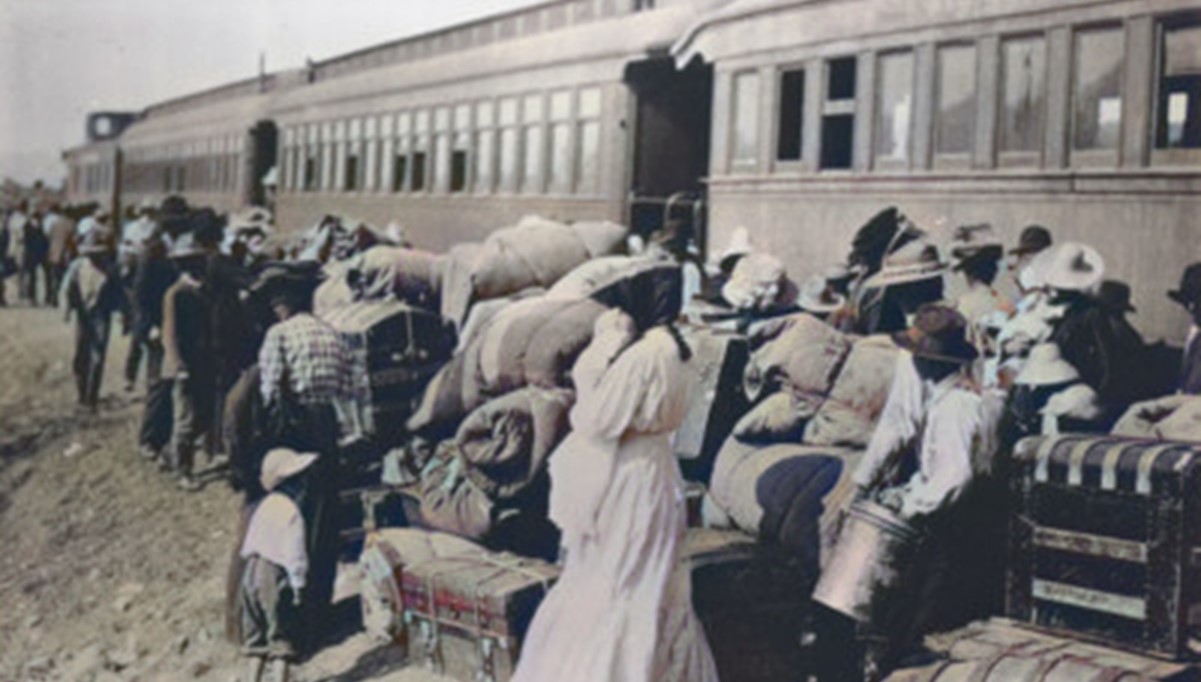
The Latter-day Saint colonies in Mexico were becoming successful after years of effort. But the Mexican Revolution changed them forever. Read More
-
•
•
2 responses

Saqiyuq is an oral history of three generations of Inuit women who lived on Baffin Island near Greenland. Of particular interest to me was the grandmother matriarch’s history, since, born in 1931, she provided a first-hand account of the transition from a hunter-gatherer lifestyle where people starved or not depending on the ebb and flow of the caribou herds, all the way to snowmobiles and state schools. A few observations/excerpts apropos to this blog: 1) Apphia, the grandmother matriarch, provided an account of the competition between the Anglican and Catholic missionaries for Inuit converts, with nearly all the non-Inuit in… Read More
-
•
•
25 responses
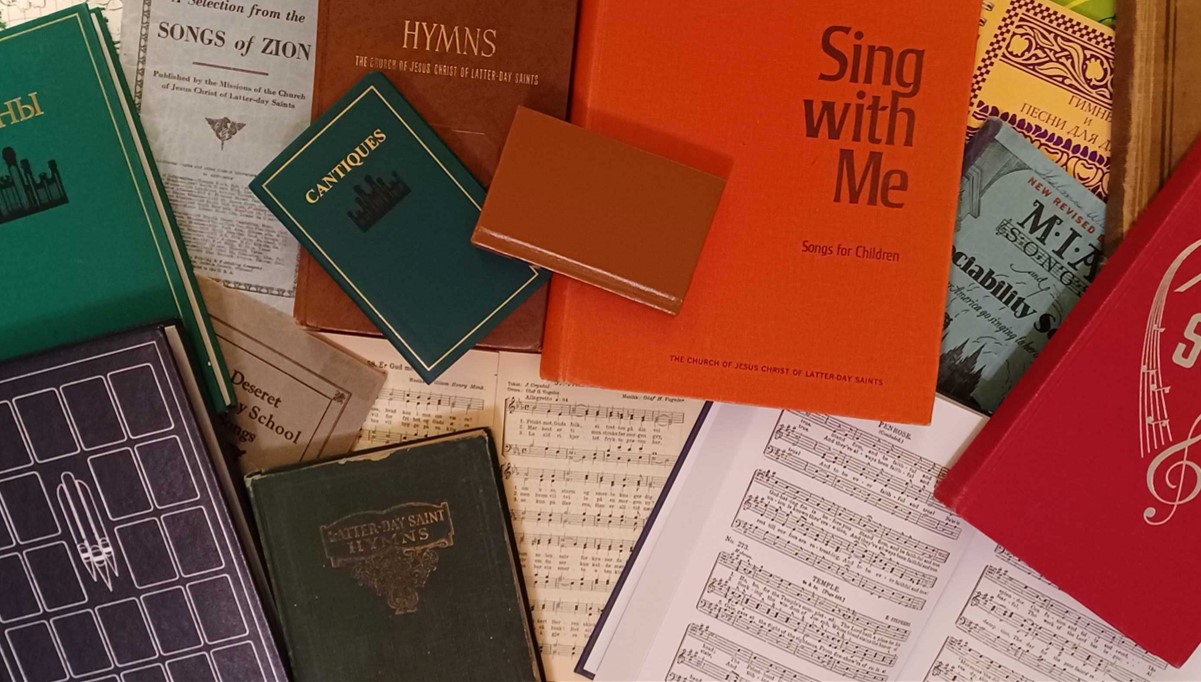
It’s been a bit since we last had an update on the new hymnbook and children’s songbook, but it sounds like we’re getting close to an announcement of the project coming to full fruition. Read More
-
•
•
6 responses

The Listener, by James Christensen Meditation is one of those practices with religious roots that has managed to become popular even in very secular, non-believing spaces, but I haven’t really caught the meditation bug. I’ve done a few guided meditations and have enjoyed them, but in terms of stress release I’d rather just get a massage or play soccer. On a recent podcast I listened to the guest mention that he had tried the floating tank fad and “just got bored.” It was one of those moments when you hear somebody confirm something you haven’t been able to admit to yourself… Read More
-
•
•
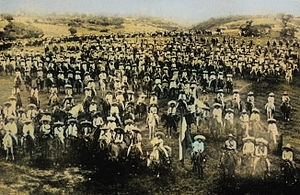
The Mexican Revolution impacted every Mexican, and that included the Mexican Latter-day Saints, some of whom did their best to stay out of the conflict, some of whom became casualties of war, and some of whom joined in the revolution. Read More
-
•
•
A monthly piece summarizing all recent, peer-reviewed scholarly articles and books published on Latter-day Saints. Bushman, Richard Lyman. Joseph Smith’s Gold Plates: A Cultural History. Oxford University Press, 2023. The venerable Richard Bushman’s latest; a cultural history on the golden plates as artifacts. He’s been working on this for years. “Bushman examines how the plates have been imagined by both believers and critics—and by treasure-seekers, novelists, artists, scholars, and others—from Smith’s first encounter with them to the present. Why have they been remembered, and how have they been used? And why do they remain objects of fascination to this day?”… Read More
-
•
•
6 responses
A couple years ago, The Church of Jesus Christ of Latter-day Saints included a list of the covenants made during the endowment session in their general handbook. It was a surprise, to be sure, but a welcome one. Yet, I missed a part of the significance of the text presented until reading a recent interview with Samuel R. Weber over at the Latter-day Saint history blog From the Desk—not only are the specific covenants included, but definitions were as well. In particular, the Law of the Gospel, had an official definition pinned down for the first time in recent history, which… Read More
-
•
•
5 responses

Hell to Heaven We Latter-day Saints hold to a rather benign form of hell. I think this a feature, with traditional hell being the ultimate bug. However, one implication of our benign afterlife of second chances is that arguably this-worldly religious decisions have less “import.” If your decision to not be baptized leads to you burning in traditional hell for all eternity, that’s different then if you spend some time in spiritual prison while you are instructed and spiritually sensitized in preparation for receiving eternal ordinances. While the Latter-day Saint framework makes more sense to me in terms of mercy… Read More
-
•
•
4 responses
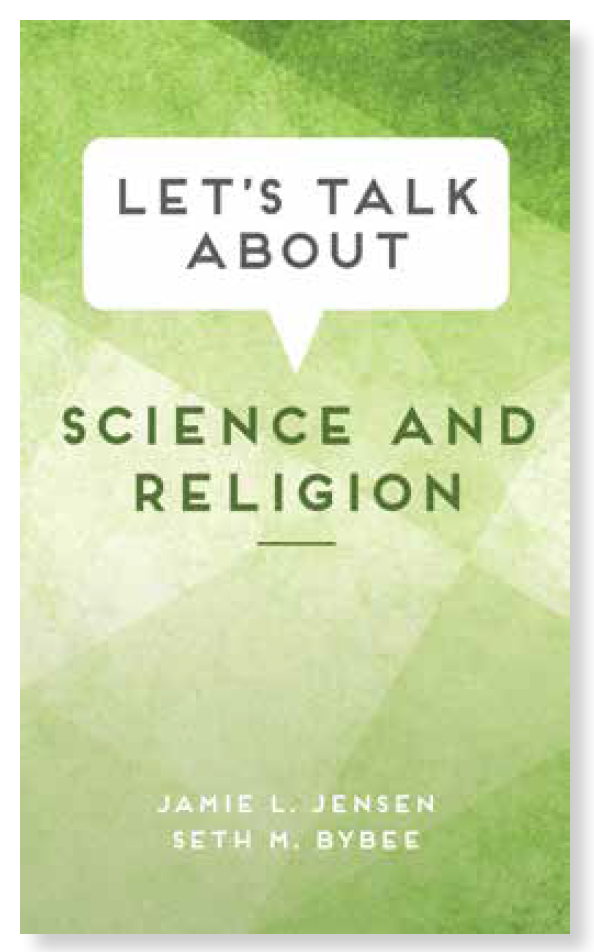
Back when I was studying biological engineering in college, I remember one Sunday where a stake high councilor came and spoke in our ward. He based his remarks on Elder Quentin L. Cook’s talk “Lamentations of Jeremiah: Beware of Bondage”. When he discussed how “Turning from the worship of the true and living God and worshipping false gods” results in forms of “spiritual, physical, and intellectual bondage,” the high councilor decided to add his own embellishments and examples of what those types of bondage looked like. His first example of intellectual bondage was the belief that organic evolution was real.… Read More
-
•
•
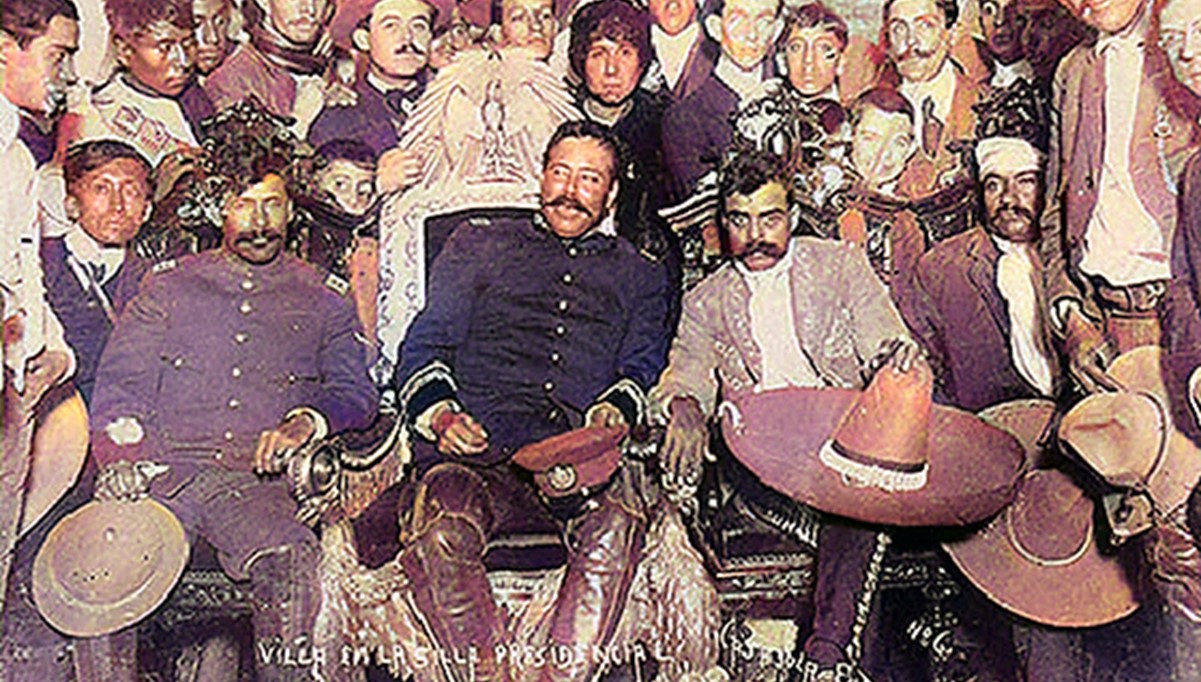
The Mexican Revolution was a decade of terrible destruction that brought a wave of changes to the Church in Mexico. Read More
-
•
•
2 responses
At my old blog haunt, I used to post notices of interesting places Latter-day Saints (aka “Mormons”) show up. Here’s an interesting one (even if the LDS content is minimal one of the prosecutors was a practicing member): Read More
-
•
•
Jesus the Messiah was the son of a righteous and godly woman named Mary, through whom he had many ancestors discussed in the Hebrew Bible. Among those were several remarkable women. In a recent interview at the Latter-day Saint history blog, Camille Fronk Olson discussed some of the women in the genealogy of Jesus. What follows here is a co-post to the full interview. Read More
-
•
•
80 responses

Pearls Being Clutched I vaguely recall when I was younger learning about the special restrictions put in place in regards to Church membership for people from a polygamous background. I could think of a few narrow cases where I didn’t think the restrictions were necessary, but they would have been such a small portion of everything that goes on that I didn’t give it more than a passing thought. Fast forward to November 2015. The Church very explicitly connected the November Policy of Consistency to the long-standing policy regarding polygamous children. Again, I had had some reservations about the latter,… Read More
-
•
•
One response
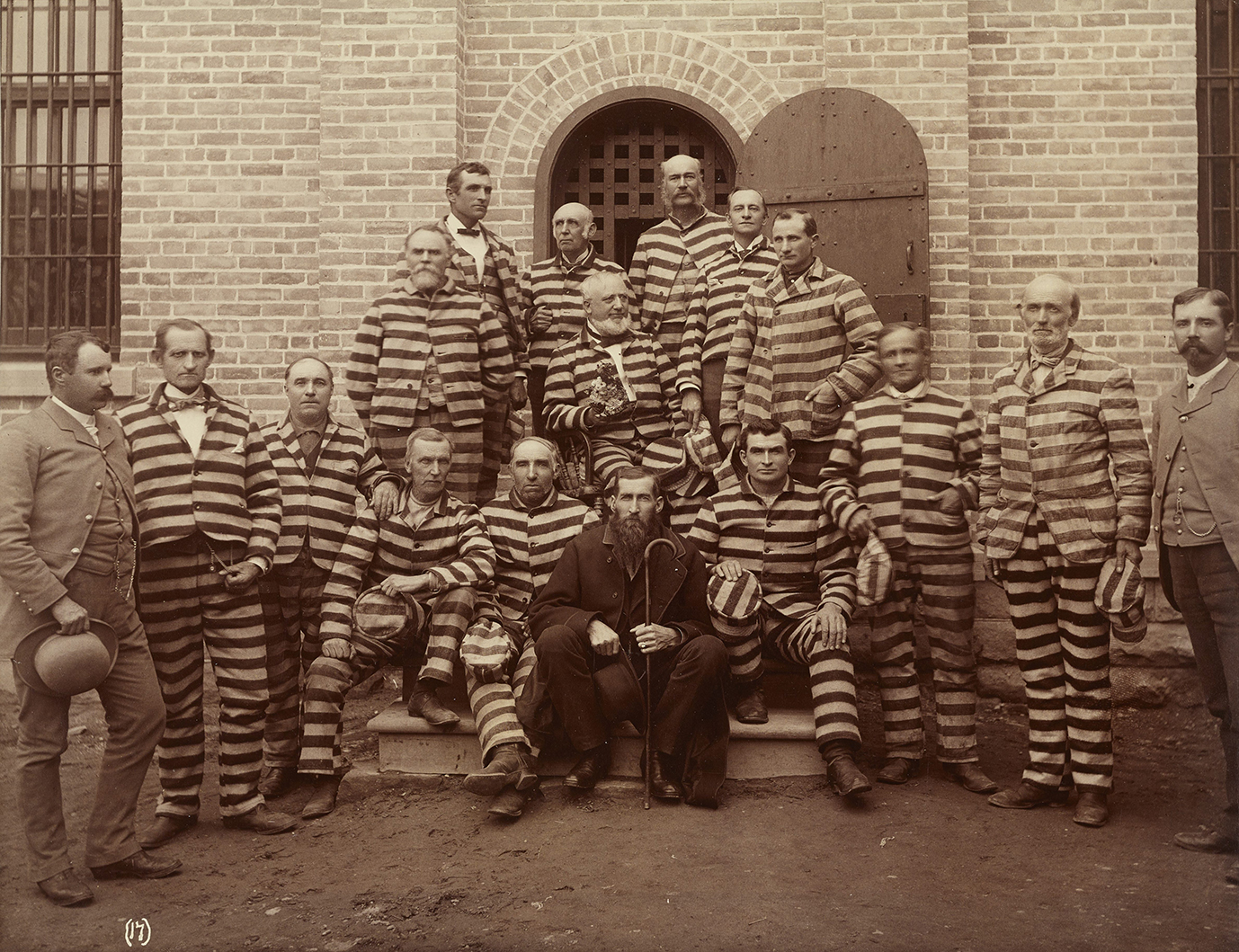
George Q. Cannon: Politician, Publisher, Apostle of Polygamy by Kenneth L. Cannon II is an entry in the Signature Books brief biographies series focused on one of the most influential and best-known Latter-day Saints in the 19th century. As a missionary, publisher, representative for Utah Territory to the United States Congress, businessman, apostle, and long-term First Presidency member, he accomplished a lot during his lifetime. The brief biographies are essentially a Latter-day Saint version of the Penguin Lives series that was published by the Penguin Random House and Viking Press–short, accessible biographies of notable individuals. At 250 pages (plus index… Read More
-
•
•
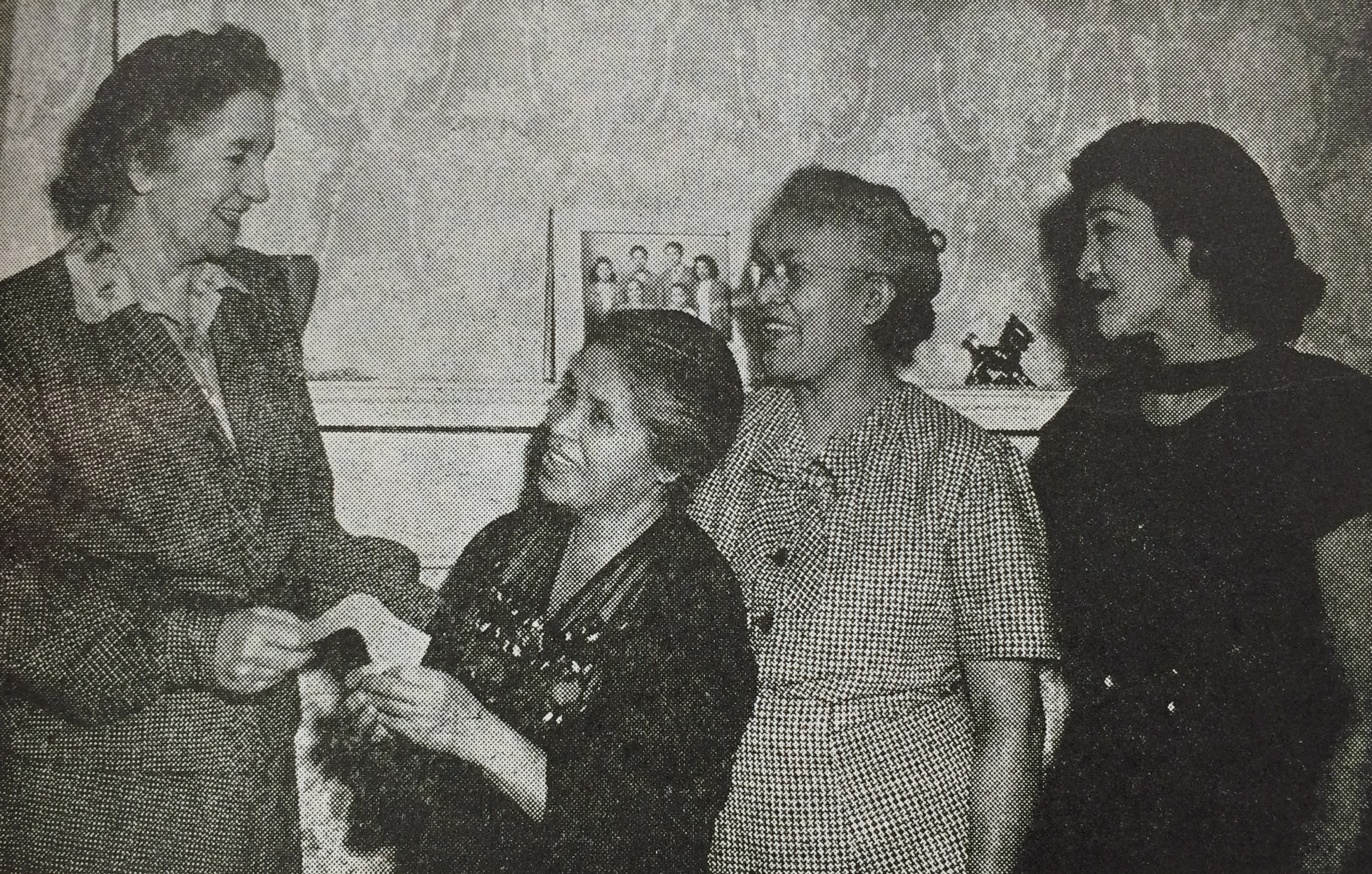
The closure of the mission in Mexico in 1889 led to an 12-year gap in the presence of missionaries and official church leadership in central Mexico. Ammon Tenney worked to restart the mission, connecting with the Latter-day Saints who were effectively abandoned and beginning new efforts at proselytizing. Read More
-
•
•
8 responses
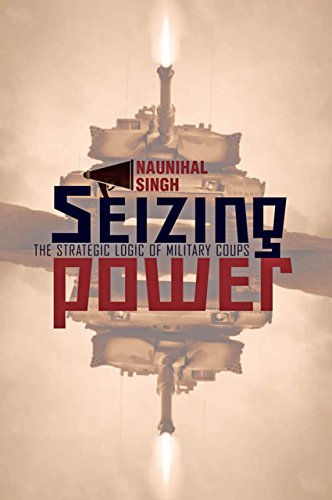
Seizing Power by political scientist Naunihal Singh is the preeminent scholarly work on coups d’etat. In it, Singh pairs in-depth investigations of coup attempts in Africa and Russia with a quantitative analysis of correlates of successful coups worldwide. He finds that coups can largely be characterized as coordination games, where military commanders often join the side that they think will win. If they choose correctly their power increases, if they choose wrongly they will probably be executed or imprisoned, so perception becomes everything and both sides of a coup have an incentive to exaggerate their level of support within… Read More
-
•
•
4 responses
I know I’ve talked a bit about Joseph F. Smith (JFS) lately, but the Latter-day Saint history blog From the Desk recently shared another interview about him. This time around, Dennis Horne spoke about Joseph F. Smith’s succession to the presidency of the Church, but it also covers other info about this pivotal president of the Church. What follows here is a co-post to the full interview (a shorter post with quotes and some commentary by myself). Read More
-
•
•
19 responses
The following is a guest post by Randall Davis. Amidst the tapestry of human experience, religious freedom–the right to worship in accordance with one’s own conscience–is a deeply-valued principle that forms the bedrock of much goodness in our world today. Having associated with people of various faith traditions over the years, I have seen the enriching influence of religion in their lives, and from our discussions, they recognize that religious freedom carries both duties and responsibilities that honor the sanctity of other beliefs. Read More
-
•
•
2 responses

Regrets of the Dying The Top Five Regrets of the Dying was a bestselling book by a palliative care nurse who spent a lot of time with patients as they were passing away. I’m not going to recommend it as a book; the writing isn’t the best and it gets kind of repetitious, but the idea sparked an interest in me on taking an end-of-life perspective, which seems like one of the more accurate lenses through which to view things big picture. Here I’ll go through each regret with commentary on how it interrelates with the gospel and gospel living. I… Read More
-
•
•
5 responses
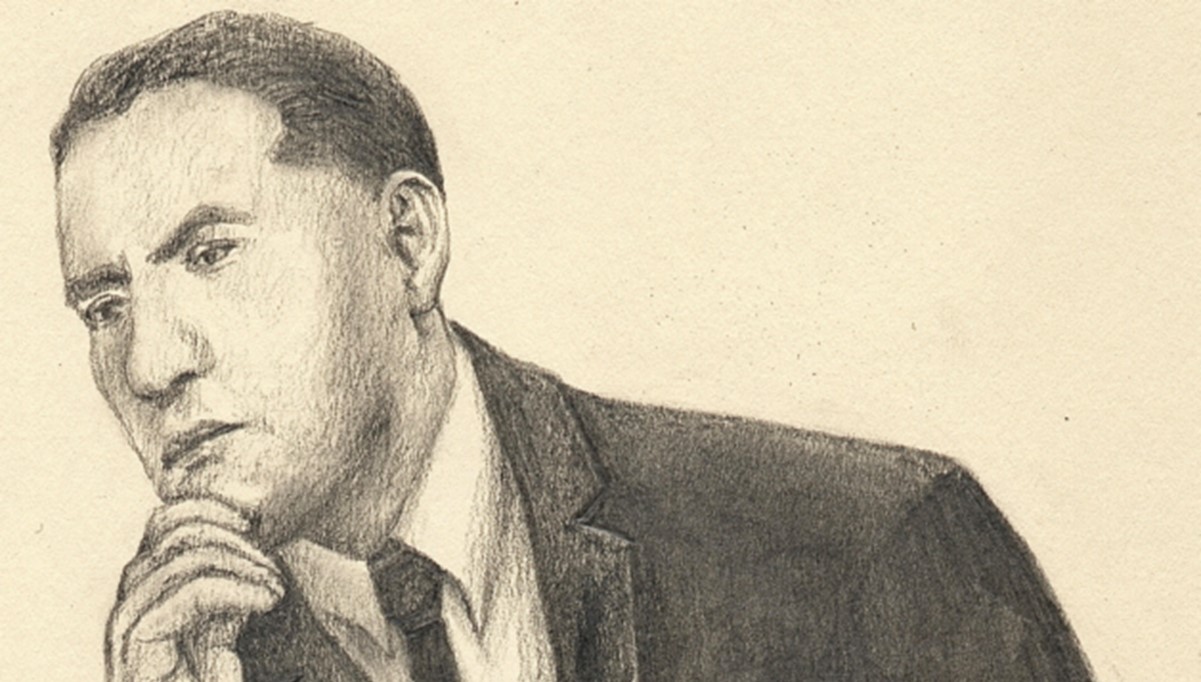
While efforts to gather converts from central Mexico failed and the mission in central Mexico closed, there would still be future successes. Among the earliest converts in the 20th century in Mexico, the Bautista family would go on to have an impact on the Church for years to come, including the development of an indigenous-affirming perspective on Lamanite identity. Read More
-
•
•
One response
The Joseph Smith Papers recently released a final podcast series, the Road to Carthage podcast, focusing on the final days and immediate aftermath of Joseph Smith’s life. It was an explosive time, filled with tension both within and outside of the Church of Jesus Christ of Latter Day Saints. In a recent interview at the Latter-day Saint history blog From the Desk, podcast host Spencer W. McBride talked about the events that led to Joseph Smith’s death in 1844. What follows here is a co-post to the full interview (a shorter post with excerpts and some discussion). An important piece… Read More

